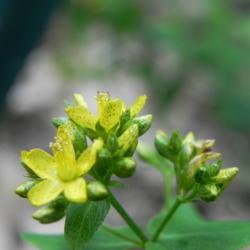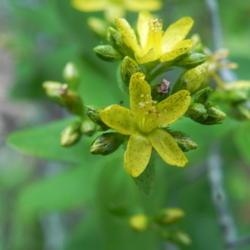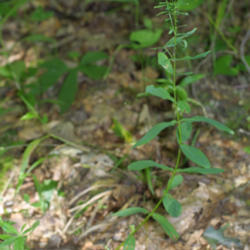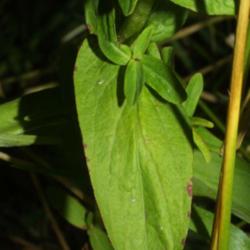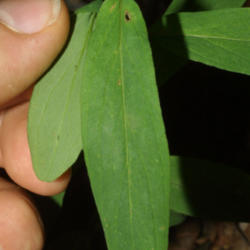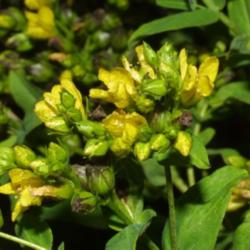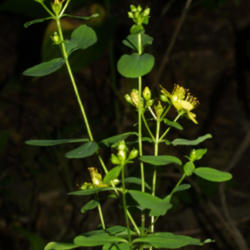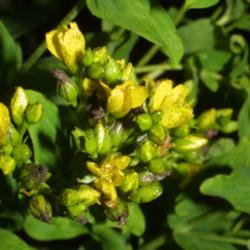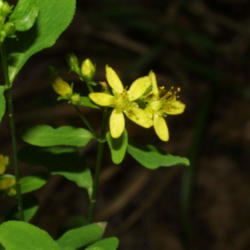| Plant Habit: | Herb/Forb |
| Life cycle: | Perennial |
| Sun Requirements: | Full Sun to Partial Shade |
| Plant Height: | 12 - 30 inches |
| Leaves: | Good fall color Unusual foliage color |
| Flowers: | Showy |
| Flower Color: | Yellow |
| Flower Time: | Summer Late summer or early fall |
| Underground structures: | Taproot |
| Uses: | Medicinal Herb Will Naturalize |
| Wildlife Attractant: | Bees Butterflies |
